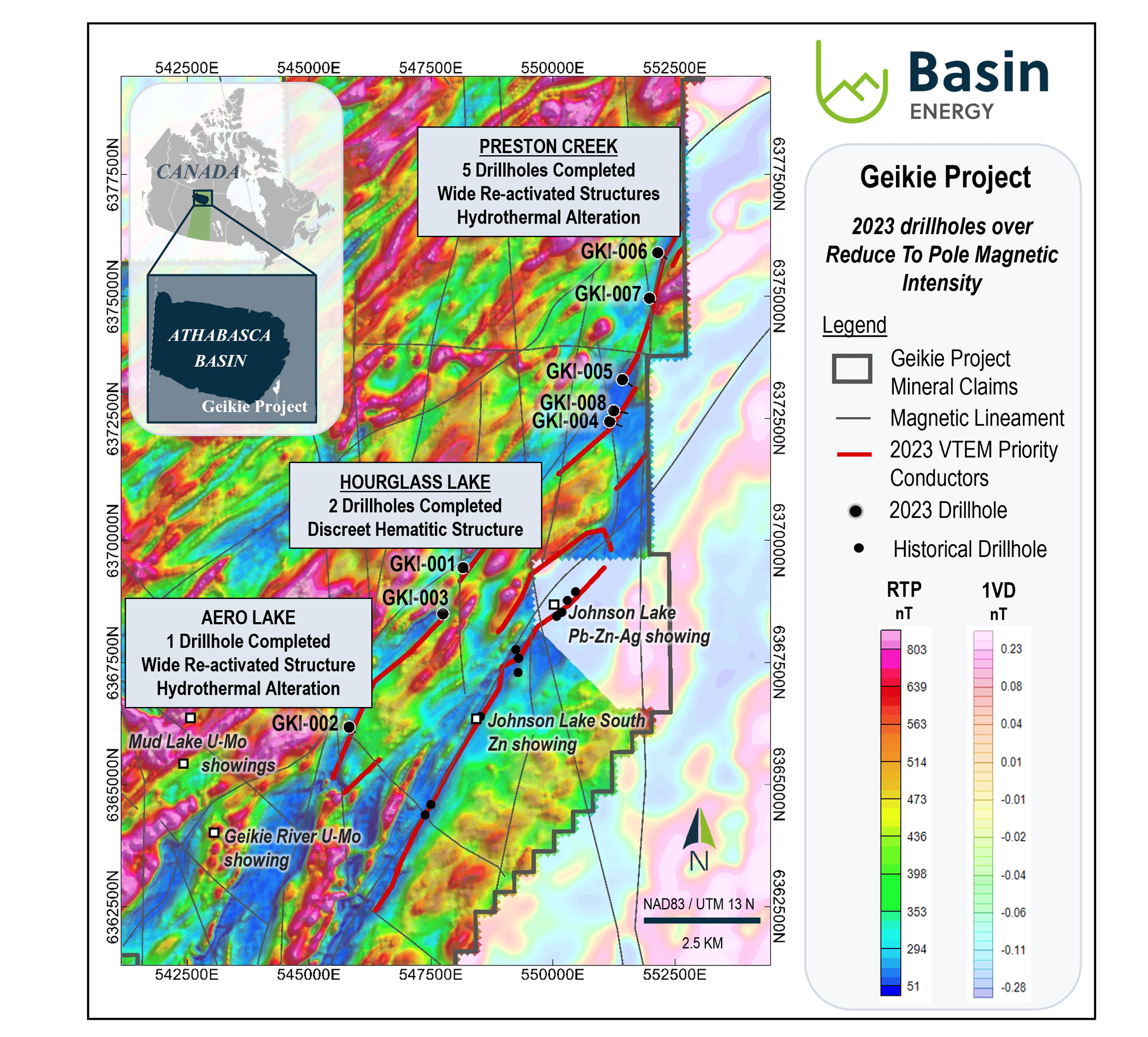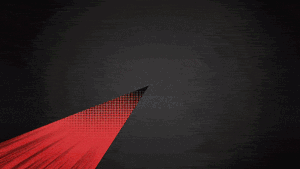Basin’s Geikie drilling identifies zones of elevated radioactivity

Downhole gamma probes have confirmed multiple elevated radioactive zones at Basin’s Geikie project in Saskatchewan, Canada. Pic via Getty Images.
Basin’s maiden drilling program at its Geikie uranium project in Saskatchewan, Canada, has returned early signs of success with downhole gamma probes identifying multiple elevated radioactive zones.
The eight hole drill program totalling 2217 metres also identified a series of regionally significant alteration patterns associated with the intersection of north-south and northwest trending faults within the project area.
These, along with multiple localised zones of radiometric anomalies, confirm the presence of active hydrothermal systems within a complex structural framework at Geikie, which are the hallmarks for basement-hosted high-grade uranium deposits.
And in a development that bodes well for further exploration by Basin Energy (ASX:BSN), alteration patterns observed in drilling support airborne gravity as the most effective survey tool for the next phase of exploration.
This technique has mapped similar basement-hosted uranium alteration systems in the Athabasca and Nunavut regions of Canada.
“Initial results from Basin’s maiden drilling at Geikie are extremely encouraging and provide an exciting basis for a follow up program,” Managing Director Pete Moorhouse said.
“The identification of zones of significant alteration, correlating to the intersection of specific fault sets, along with multiple zones of elevated radioactivity lends the project to rapid follow up through high resolution airborne gravity.
“The field team has done a tremendous job in identifying the multiple phases of faulting and alteration patterns observed which will form the basis for the next phase of targeting.
“With the imminent commencement of this survey, we are assessing our options to conduct a follow up drilling program for which we remain fully funded.”
The Geikie project
The 350.87km2 Geikie project is located 7km southeast of the present edge of the Athabasca Basin – one of the richest sources of uranium on the planet.
It is also adjacent to 92 Energy’s Gemini discovery where drilling returned an intercept of 43m grading 0.6% U3O8 including 6m at 2.2% U3O8 and Baseload Energy’s ACKIO discovery with its 31m intercept at 0.9% U3O8.
Historical airborne and ground exploration completed between 1967 and 1980 that had focused on base metal mineralisation discovered a central trend with copper and molybdenum showings surrounding Mud Lake. Molybdenum is a key identifier for potential U3O8 mineralisation.
The property also hosts several historical uranium showings with grades as high as 0.225% U3O8.
Best results of the maiden drilling program occurred at the Preston Creek and the Aero Lake Prospects (Figure 1).
Over at Preston Creek, Basin drilled five holes that each intersected basement faulting ranging up to 30 metres in thickness, with significant localised alteration with composition and patterns typical of uranium mineralising systems. Several zones of elevated radiometry with downhole probing peaks up to 4802 cps were encountered.
Meanwhile, a single hole at Aero Lake intersected two zones of elevated radiometry with maximum gamma probe peaks of 3290 cps and 4665 cps.
As at Preston Creek, the Aero Lake drillhole also intersected large scale faulting with a wide interval of hydrothermal alteration associated with the fault system.
Basin has commissioned a gravity survey, which is set to begin in mid-August while final results from geochemical and clay analysis sampling are expected in early September.

This article was developed in collaboration with Basin Energy, a Stockhead advertiser at the time of publishing.
This article does not constitute financial product advice. You should consider obtaining independent advice before making any financial decisions.
Related Topics

UNLOCK INSIGHTS
Discover the untold stories of emerging ASX stocks.
Daily news and expert analysis, it's free to subscribe.
By proceeding, you confirm you understand that we handle personal information in accordance with our Privacy Policy.








